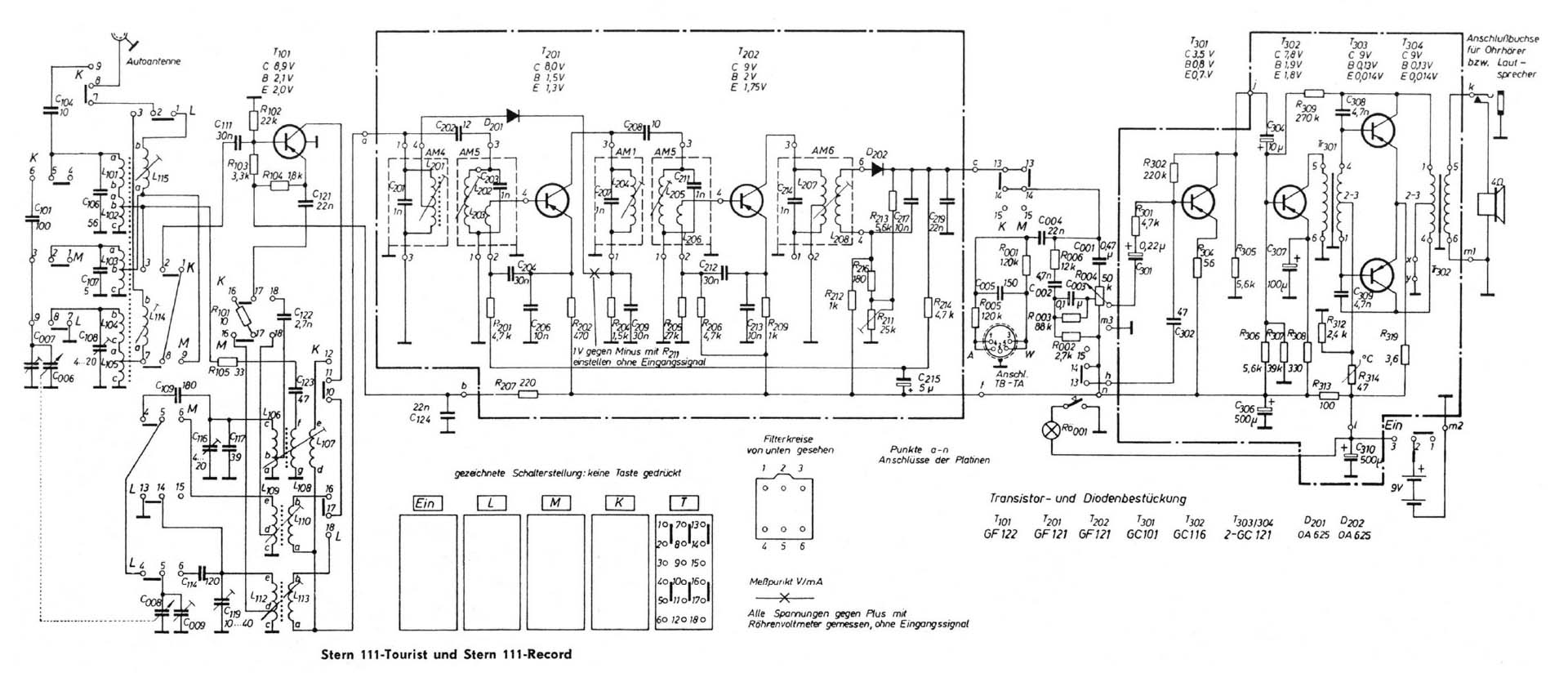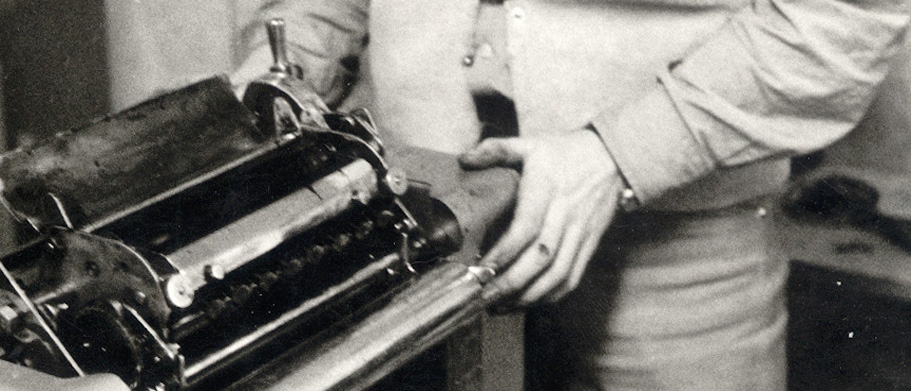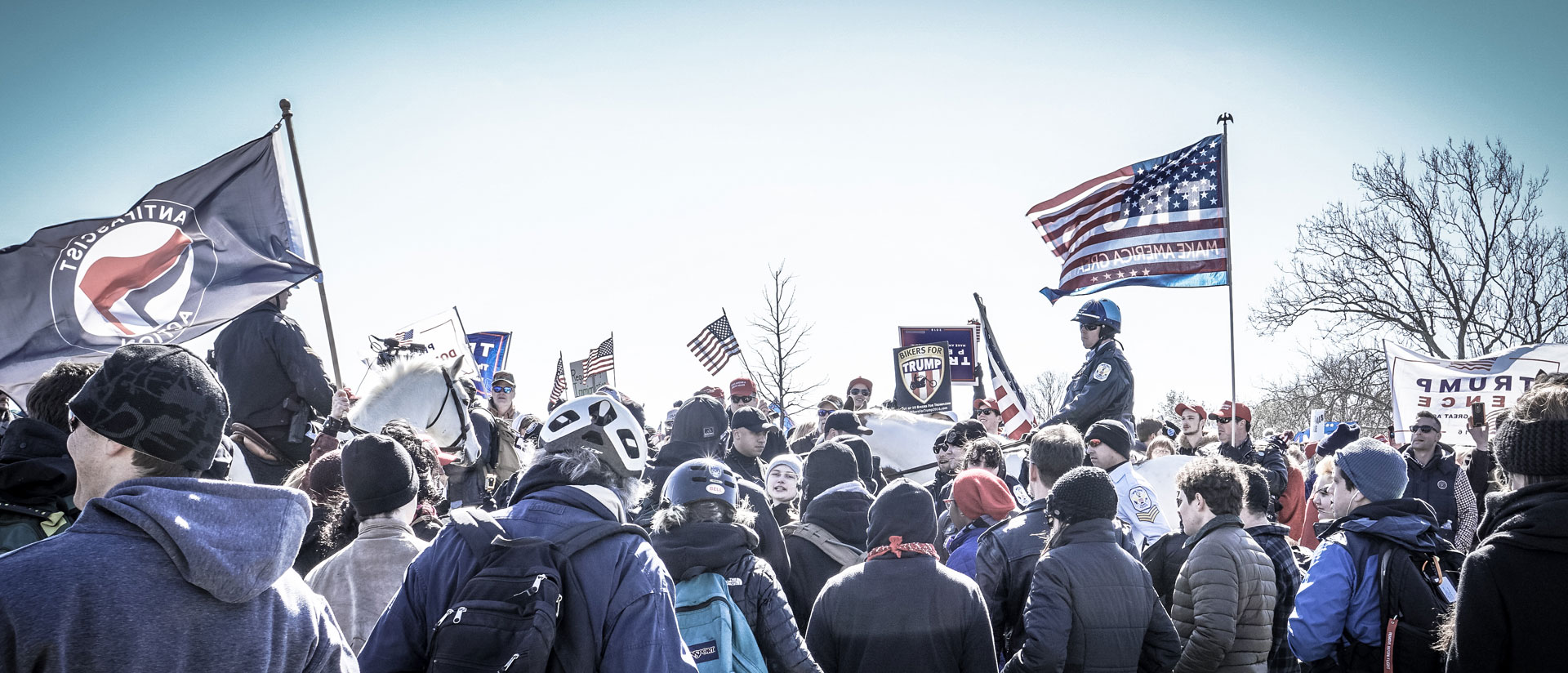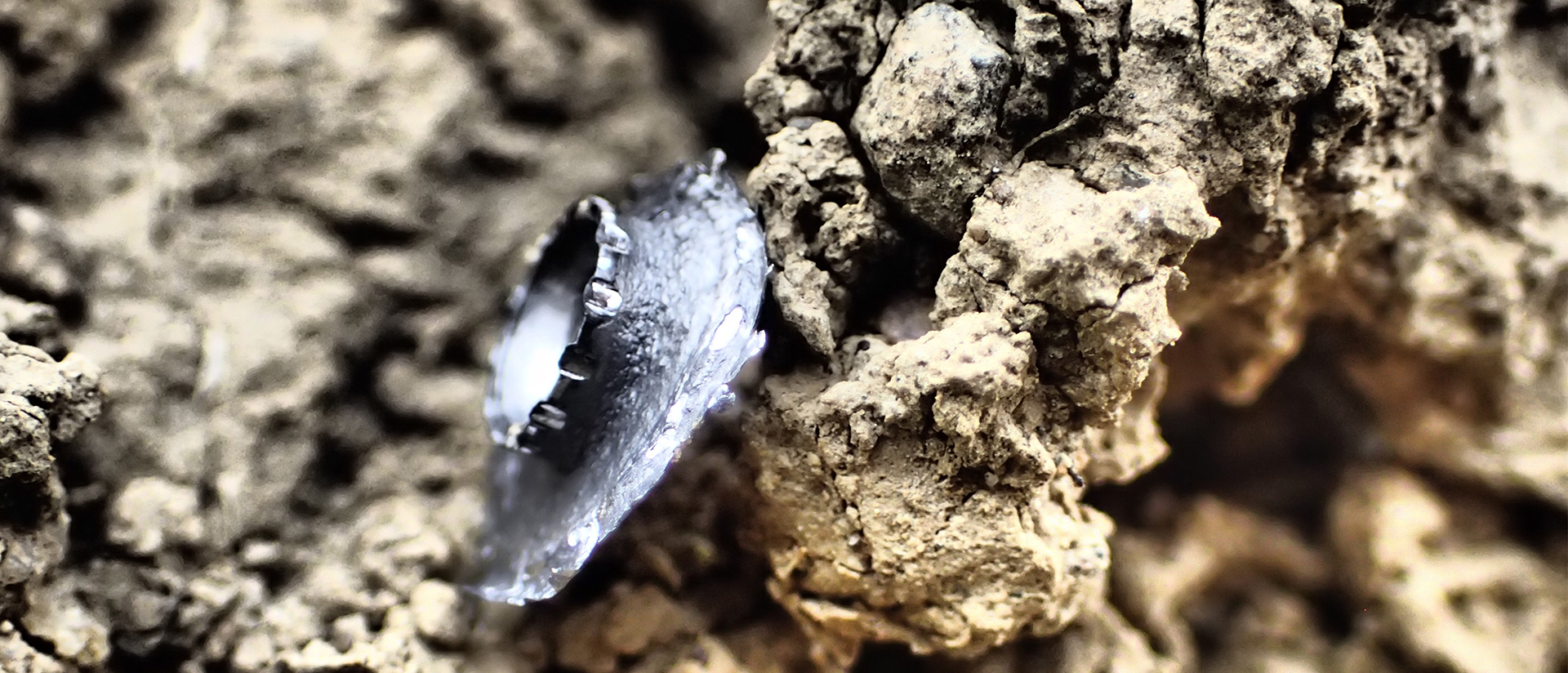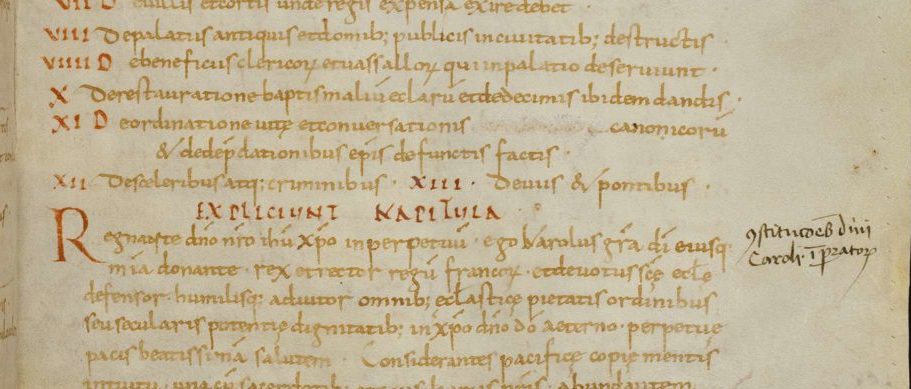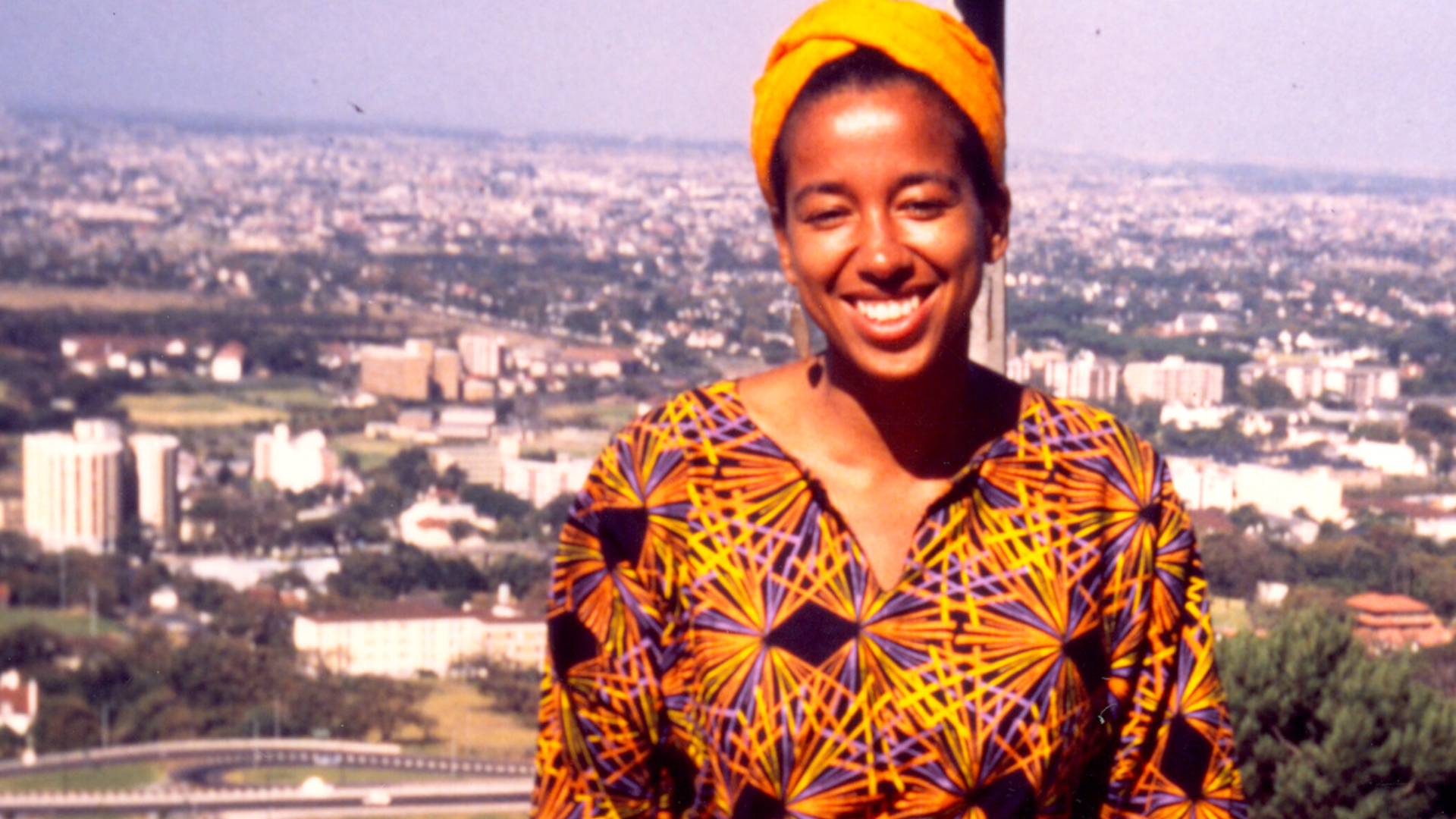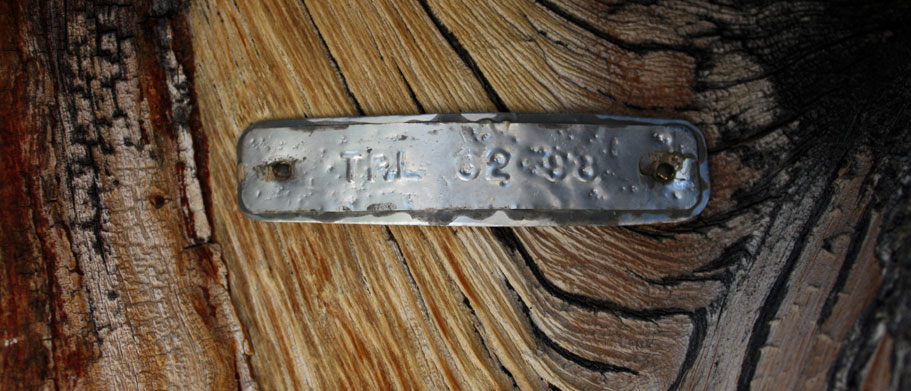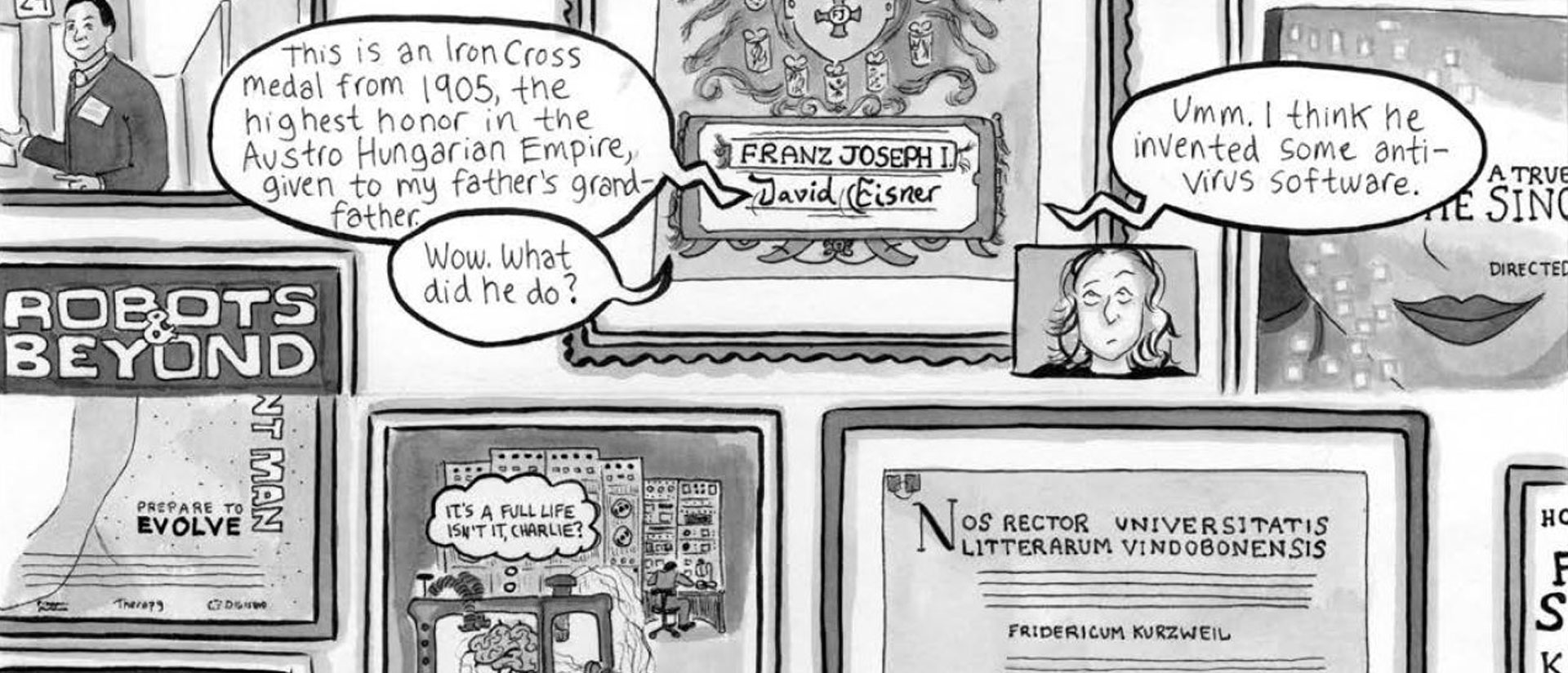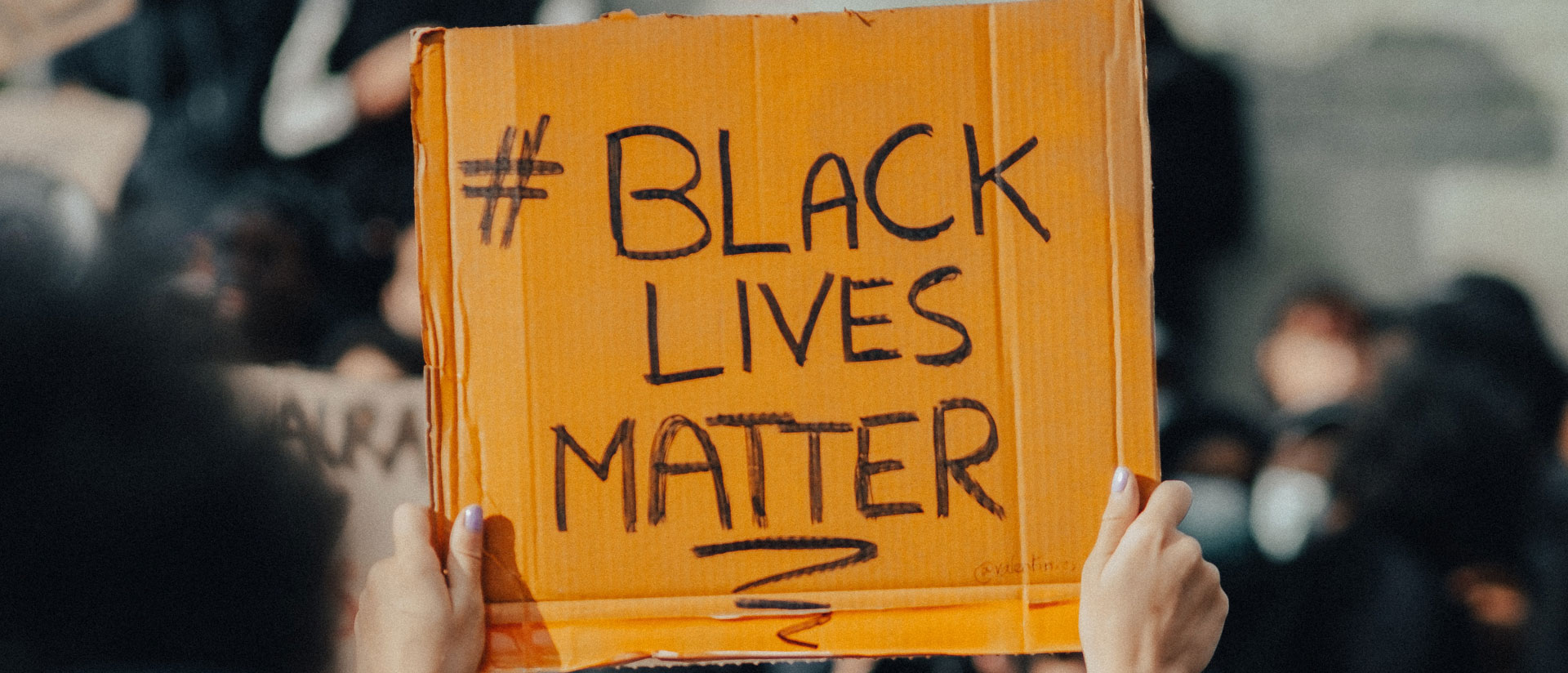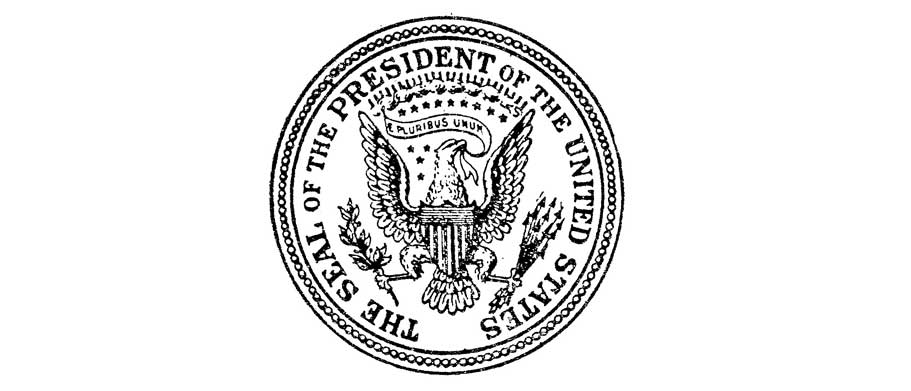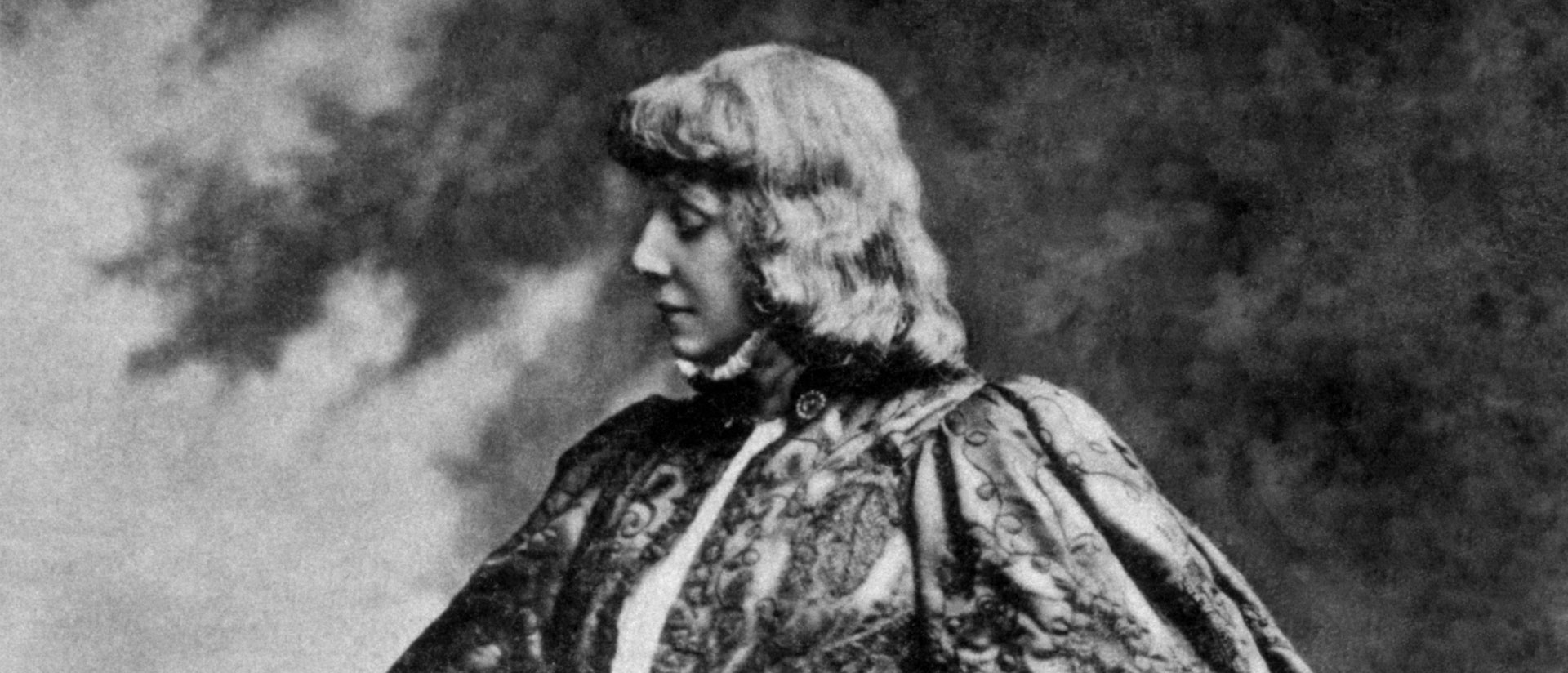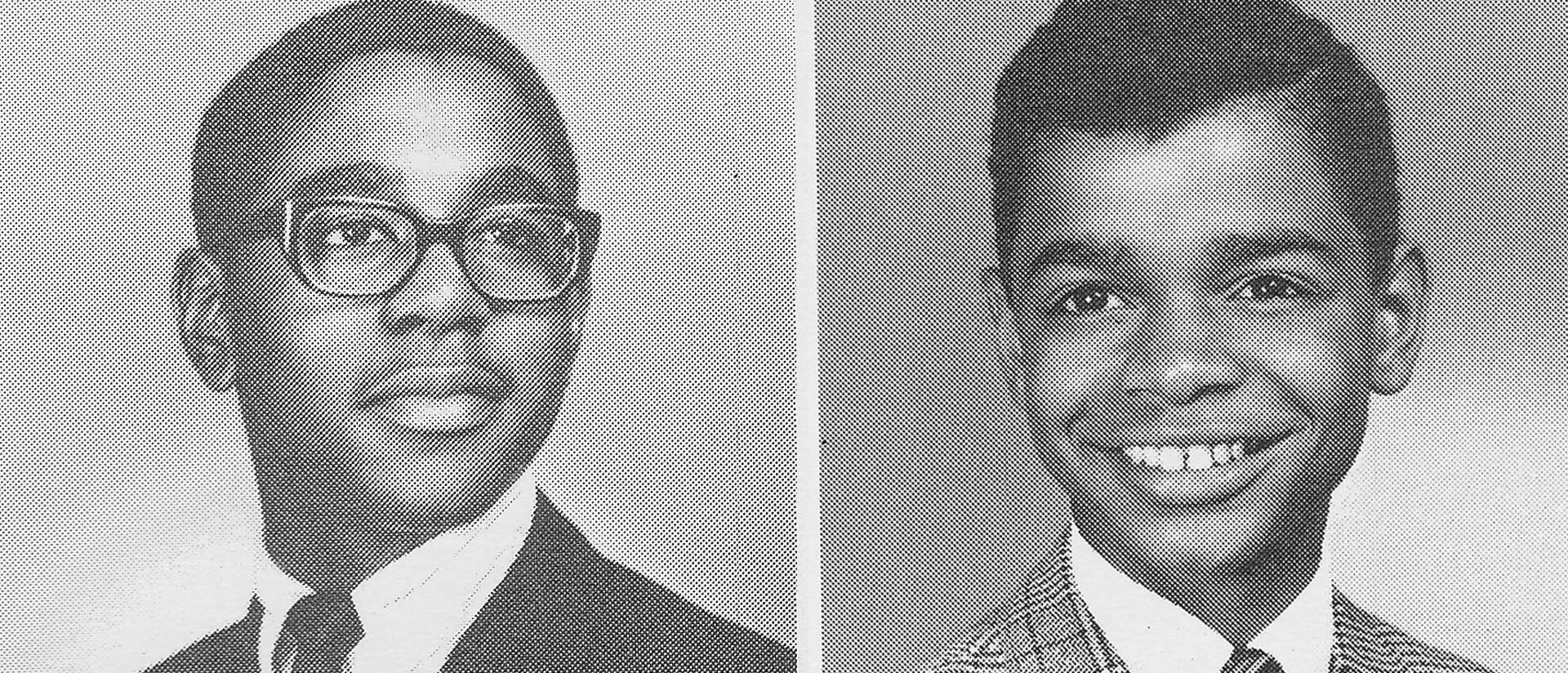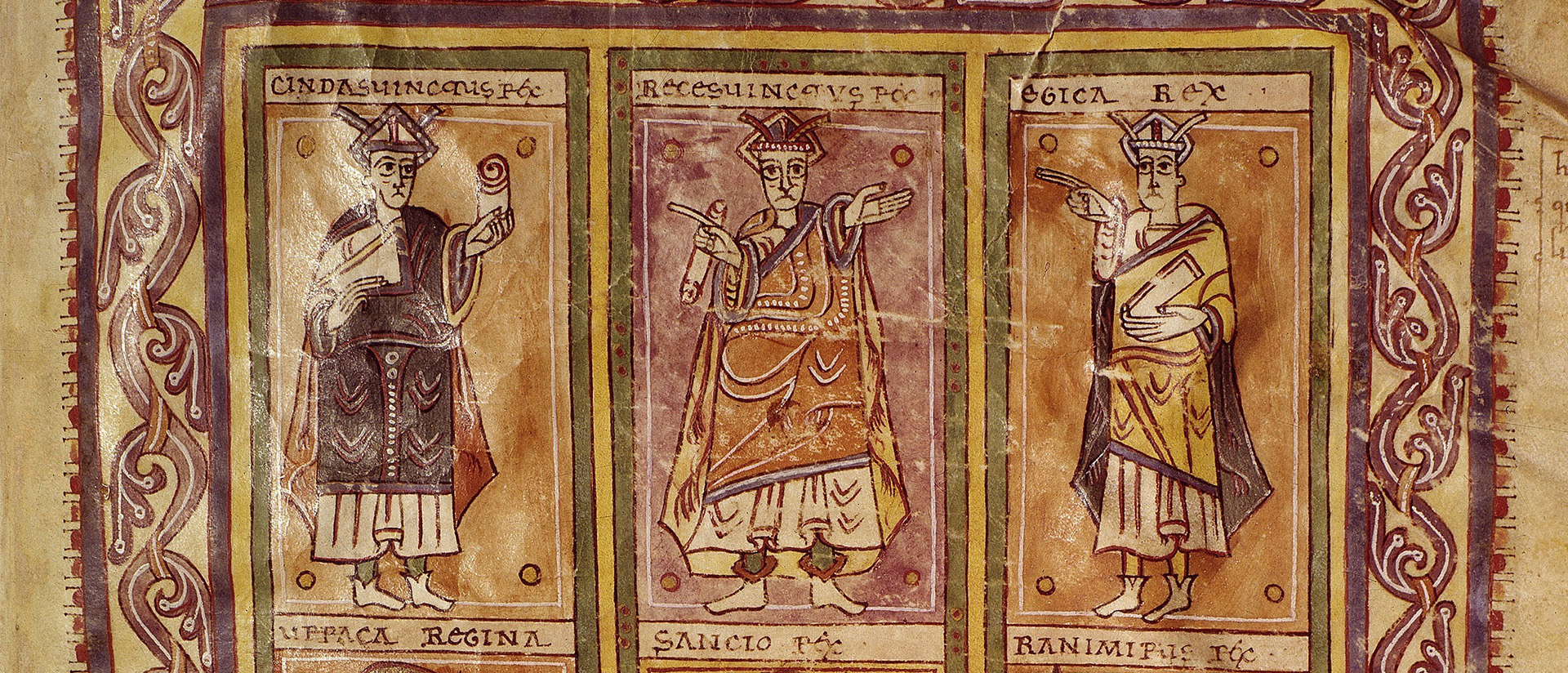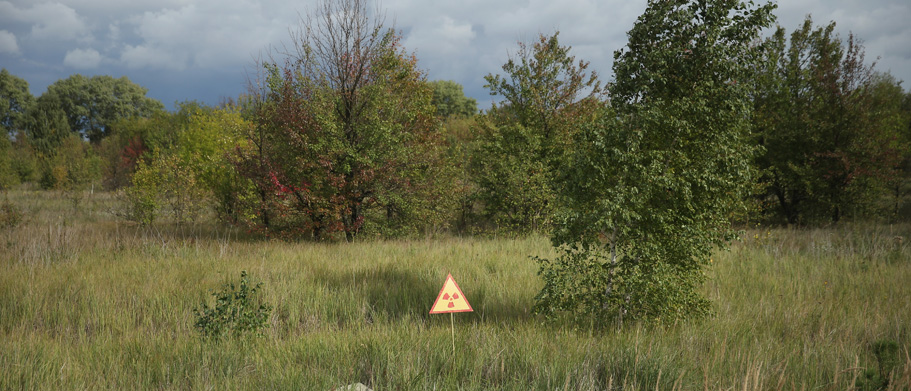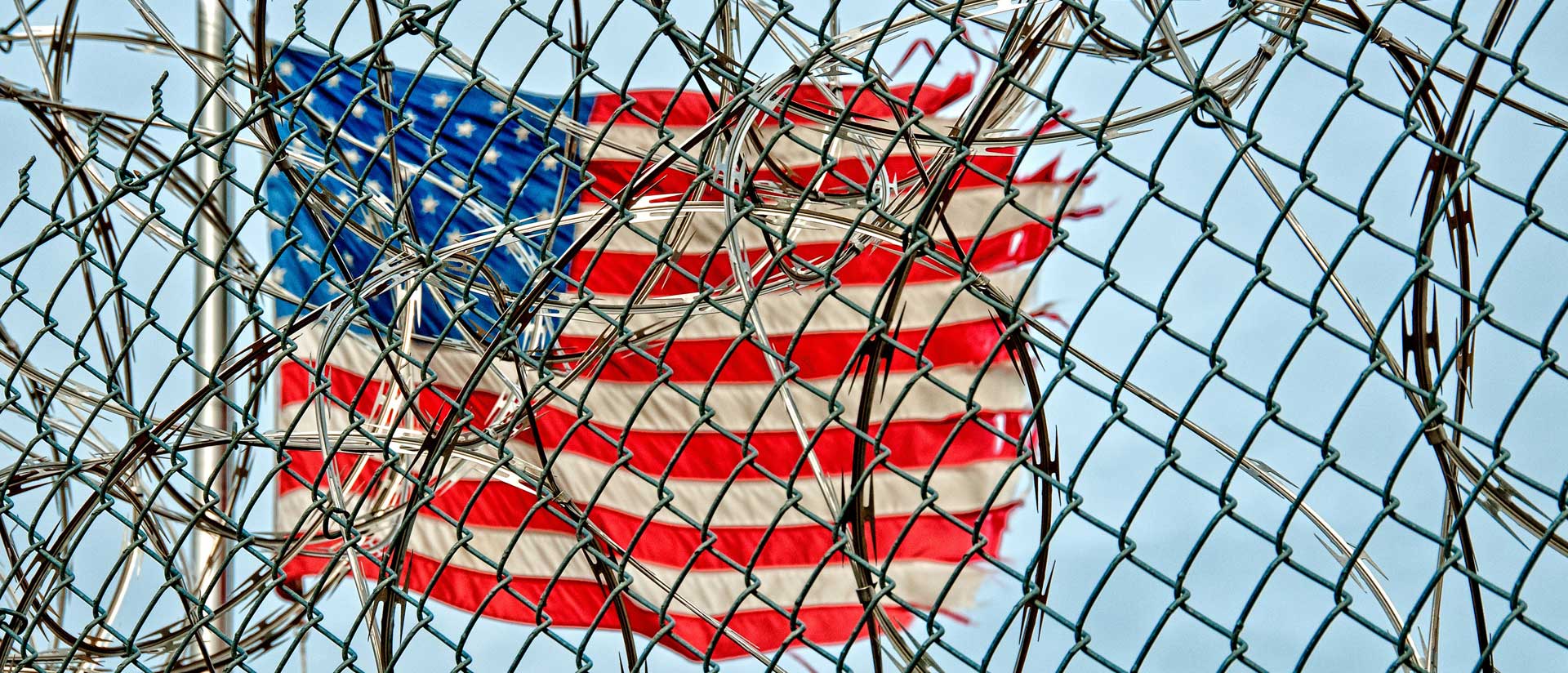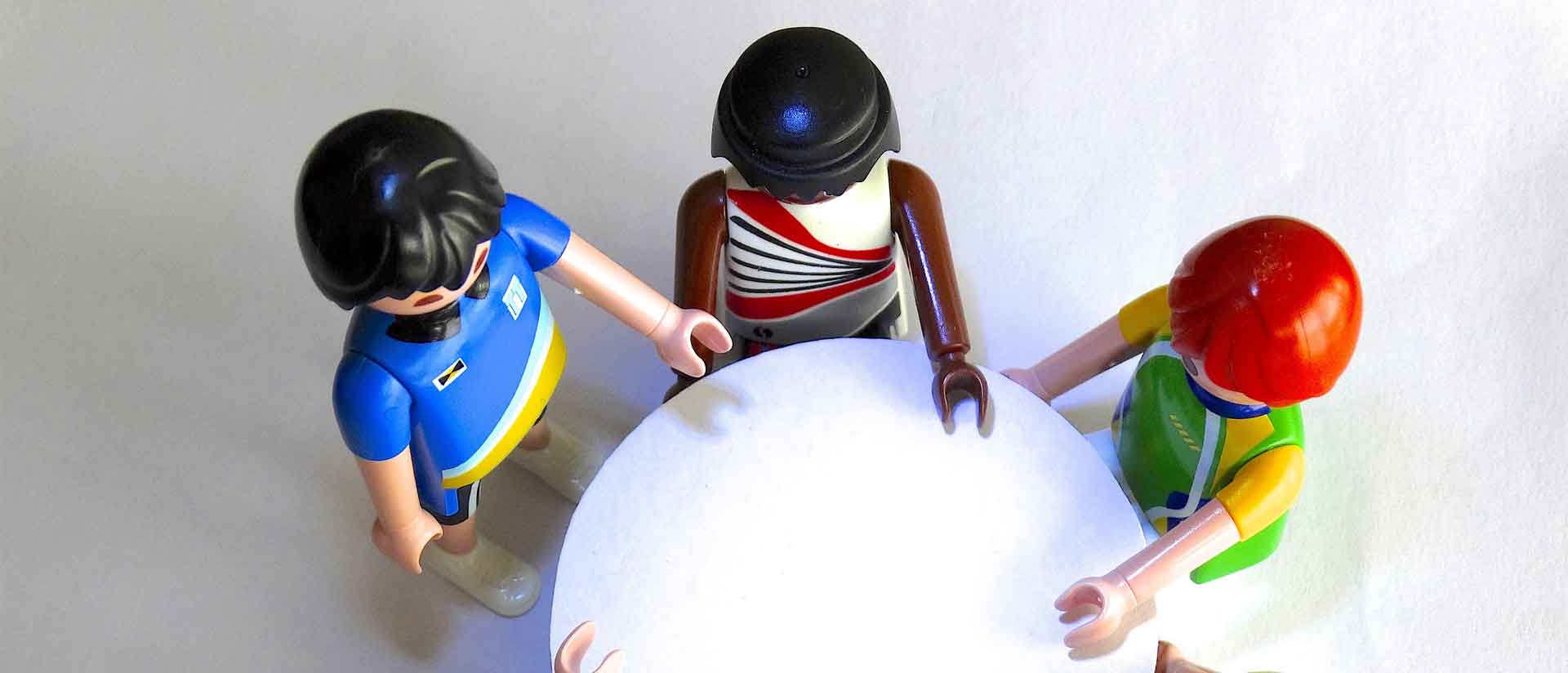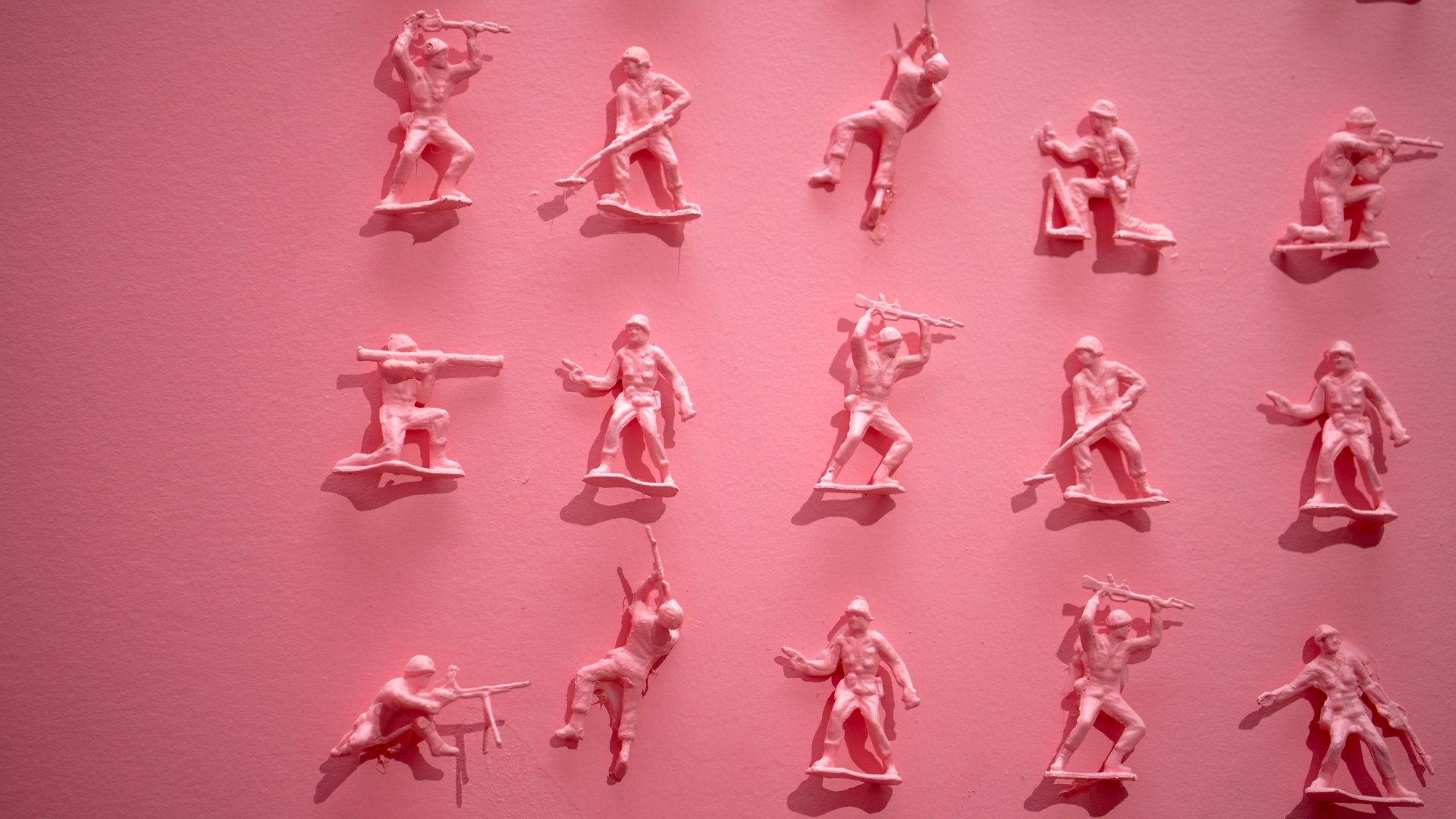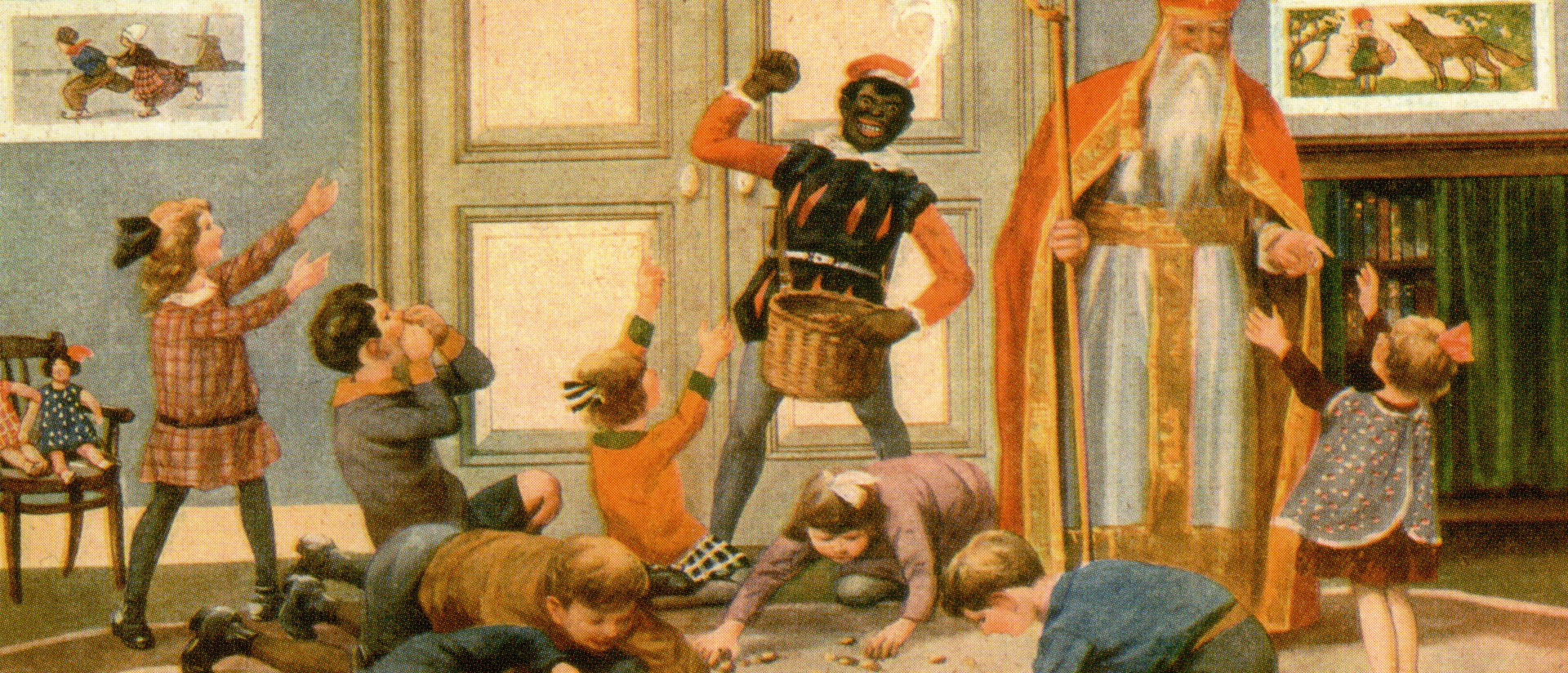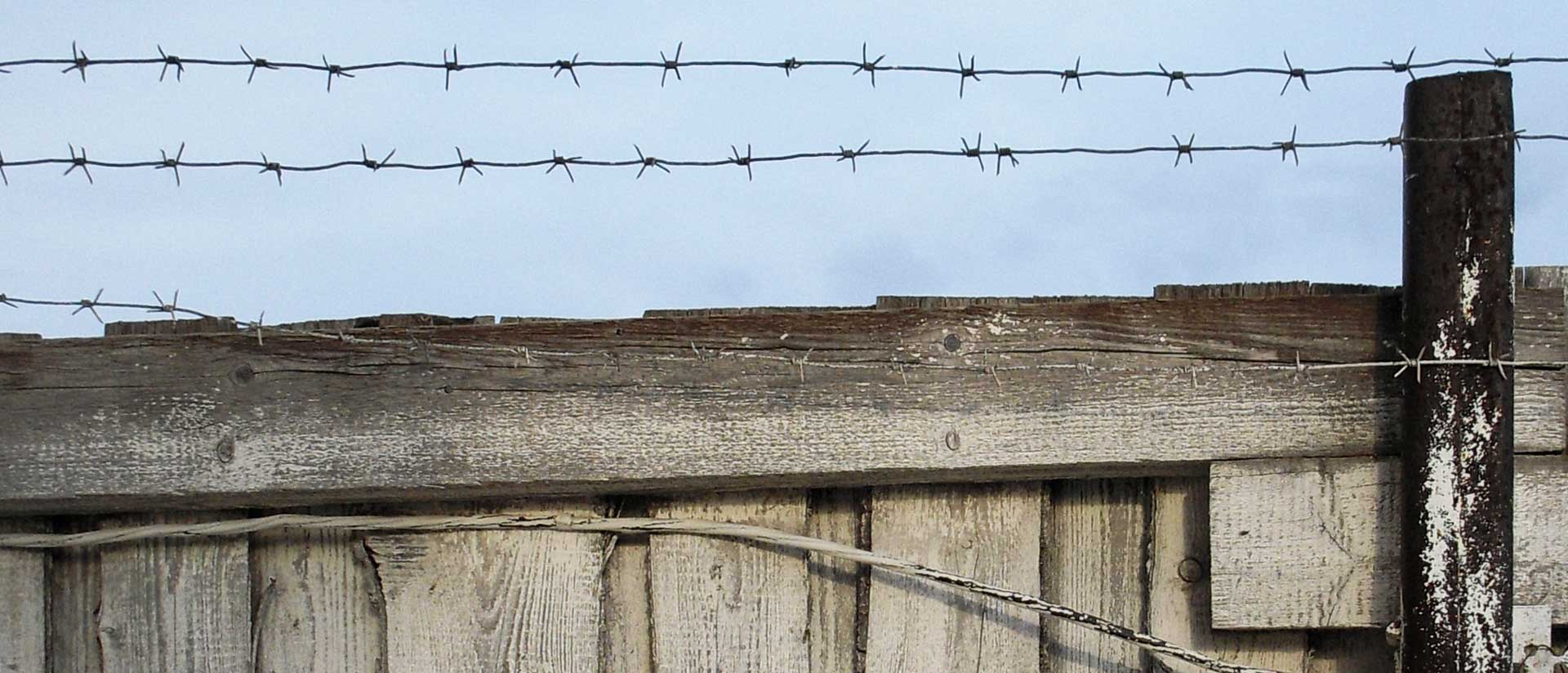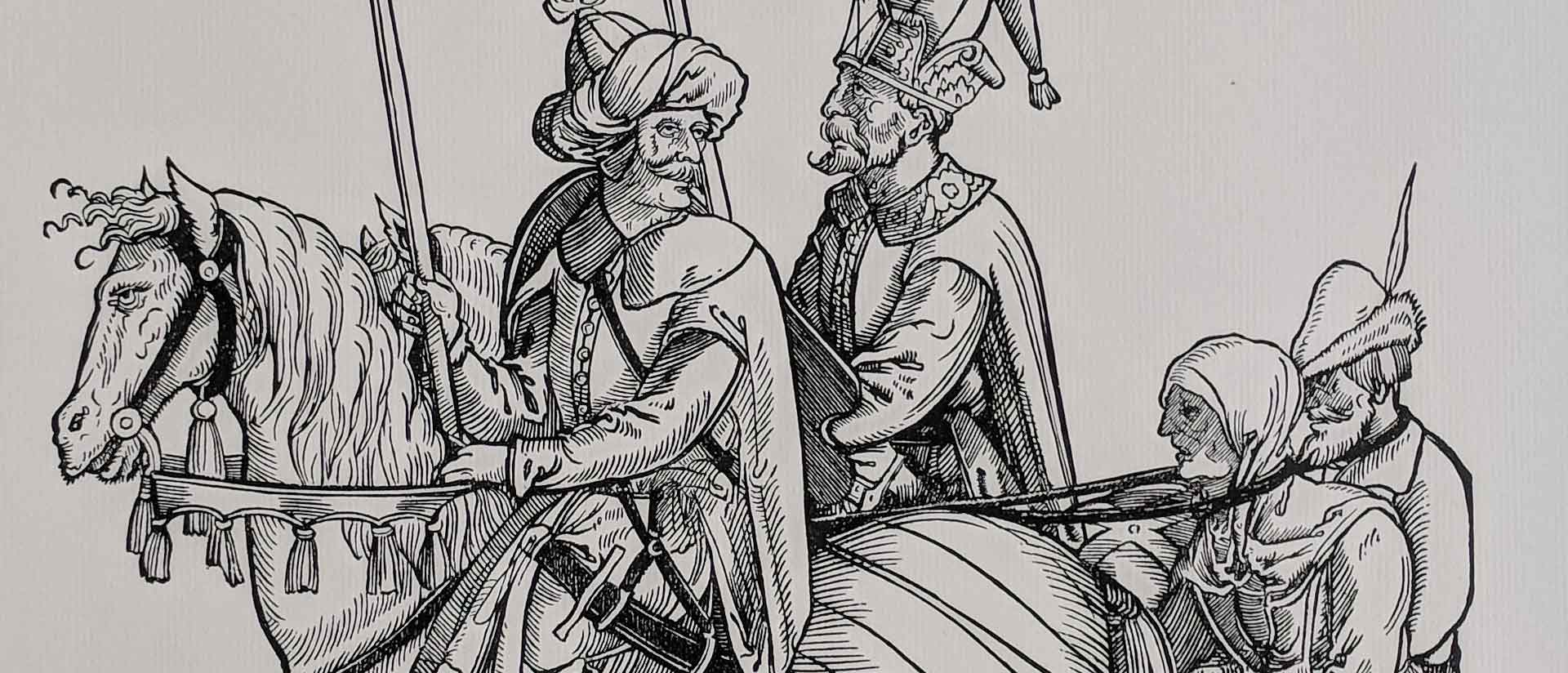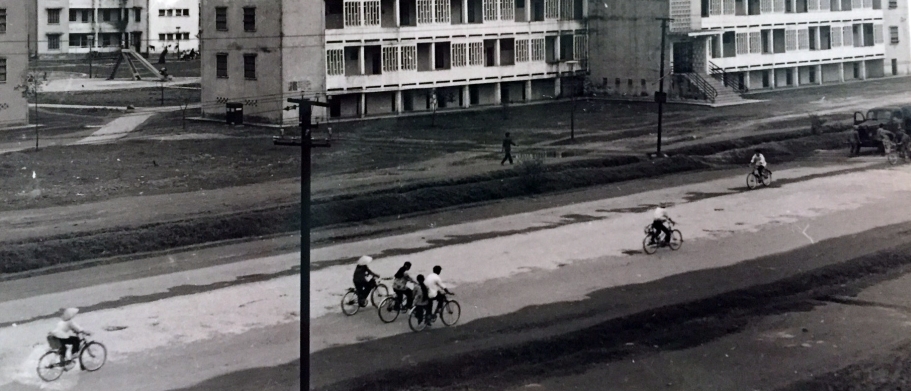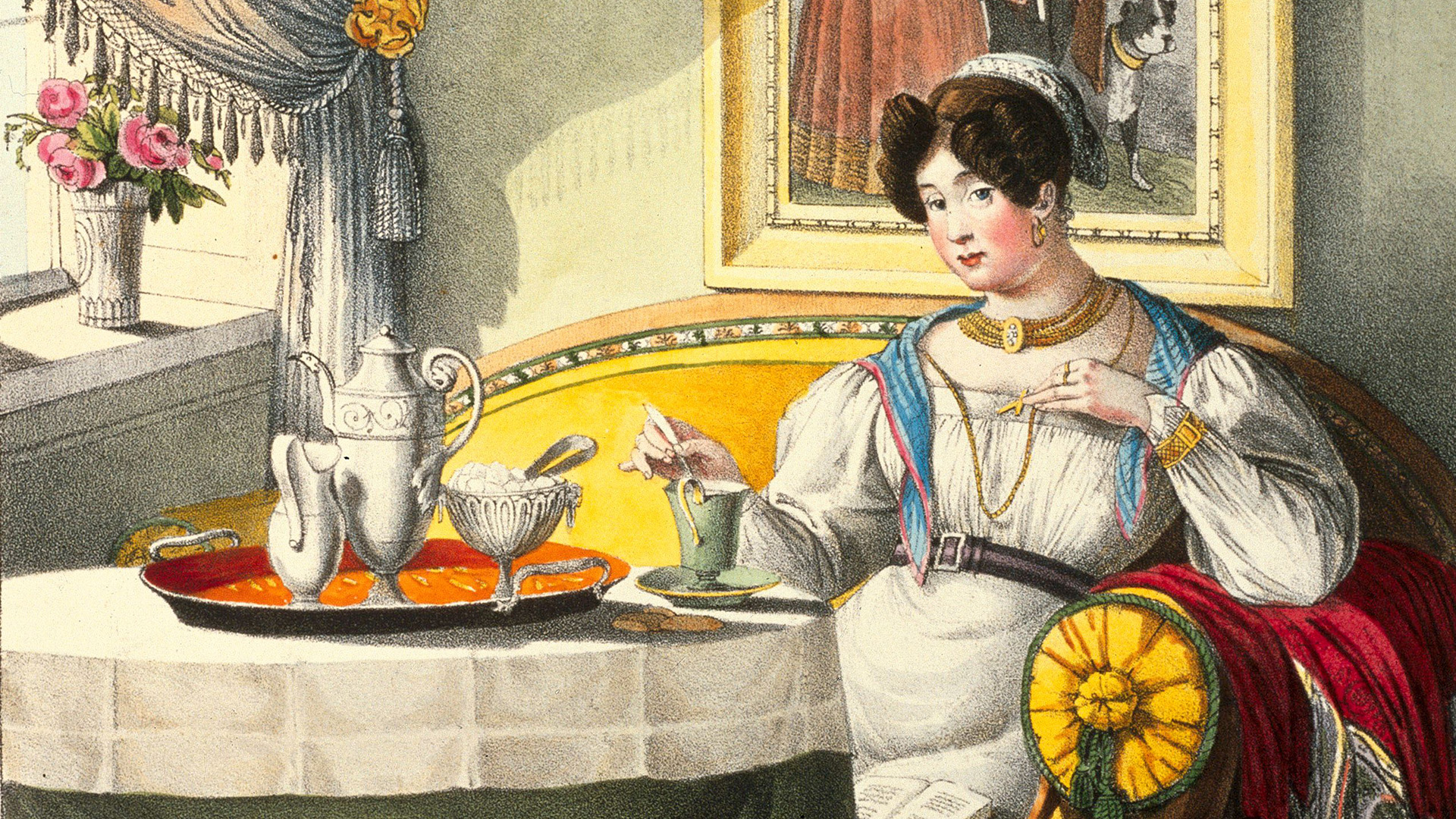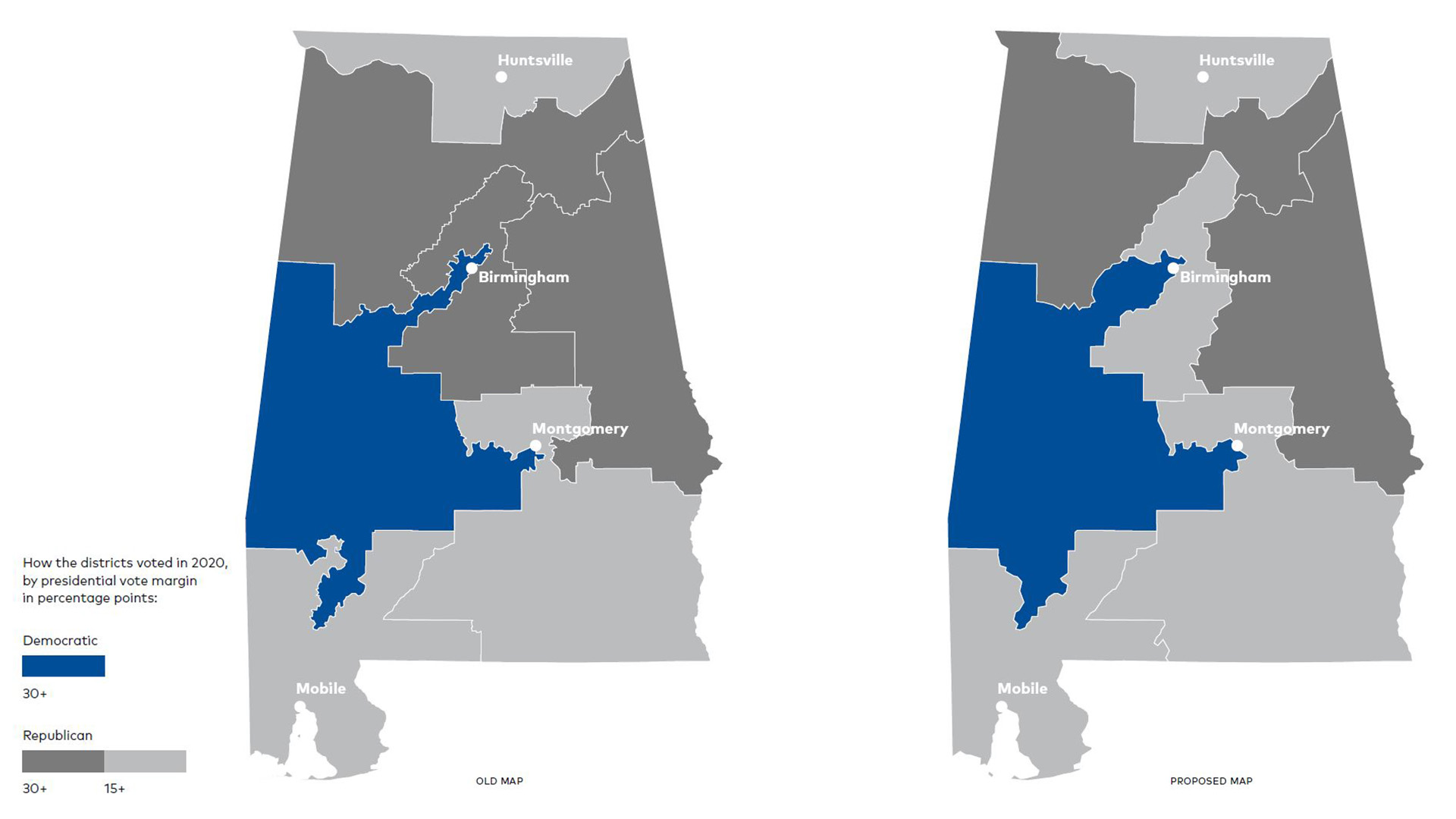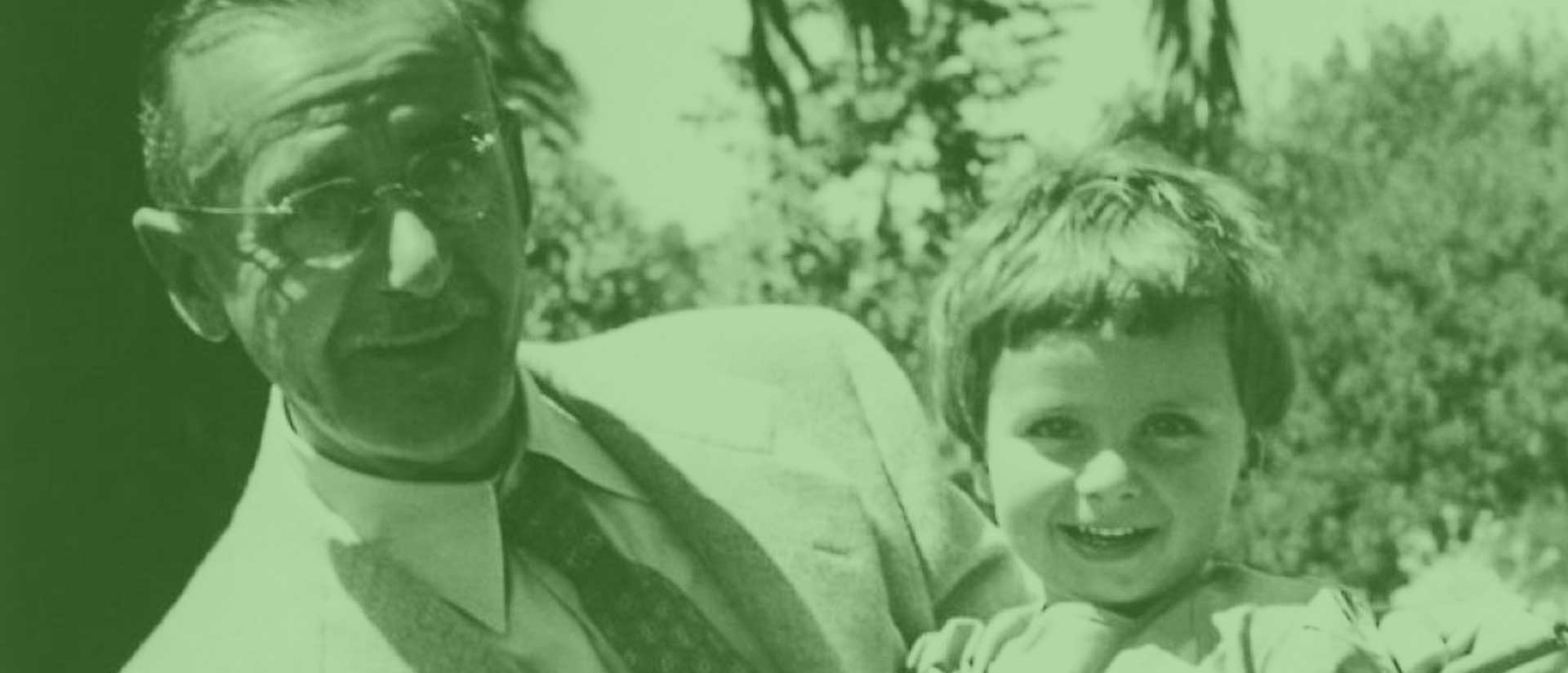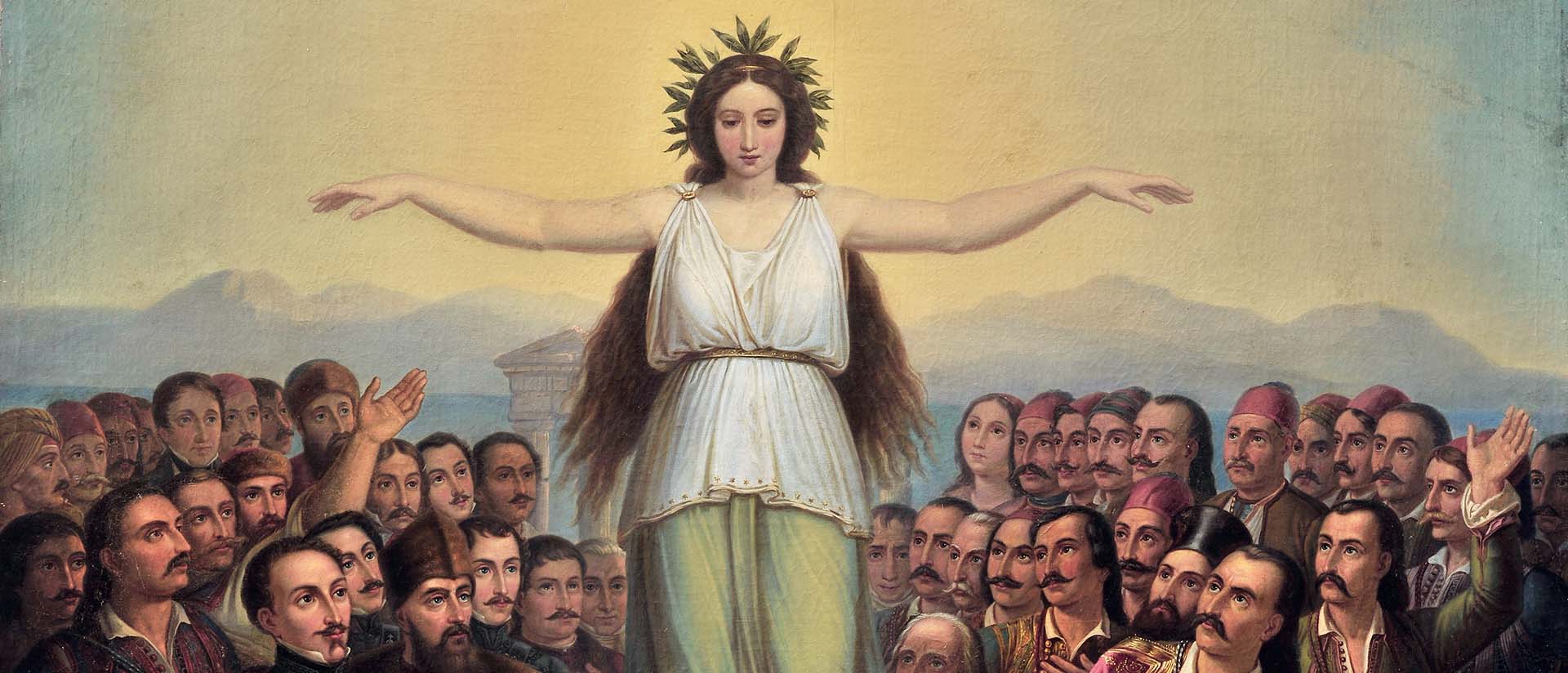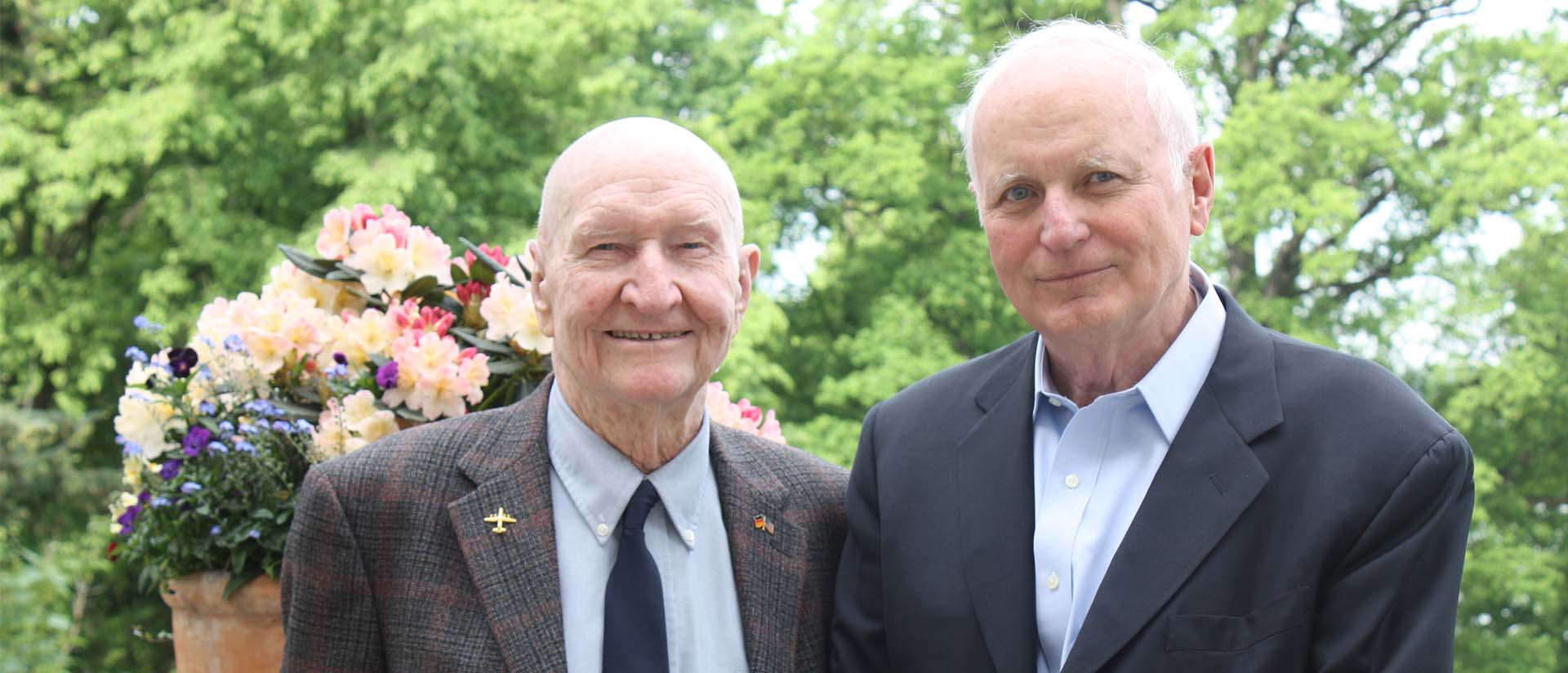
Remembering the Airlift
Herewith, a republished 2015 Berlin Journal interview with the “Candy Bomber” Gail Halvorsen, who passed away in his home state of Utah on February 16, 2022, age 101.
Did you and your peers have a sense that the airlift might escalate into World War III, or were you not concerned with geopolitics? How intensely did you sense the Soviet threat?
A lot of us were concerned that the situation could escalate to that level. How the last war started was fresh in our memory. Stalin’s real object was unknown, and that was the concern. He was headed west. He hadn’t downsized his force, as we had. He had underground factions in Italy and France. President Truman said, “We are in Berlin, and we will stay in Berlin.” The ball was then in Stalin’s court. It was up to him—unpredictable.
We were involved with geopolitics. Our military had monthly briefings at all locations to advise us of the current world situation including geopolitics. Good briefings! Because of the briefings I was concerned.
What did you think of being called the “Schokoladenonkel”? Did you suspect that your actions would have such resonance with West Berlin?
I liked it. Chocolate was certainly appropriate with a positive connotation, and Onkel sounded like they accepted me as relative! They had little to no chocolate for a long time. That was a special niche. I thought it was cool. I had no idea that it would turn out so well with the West Berlin survivors, young and old.
How did you come to see the US-German relationship during the days of your crucial involvement with the airlift?
One change factor was the sacrifice of the 31 American and the 39 British Airmen who gave their lives to keep the former enemy alive. The success of the overall airlift combined with that sacrifice became the healing balm on the wounds of war. These were the contributing reasons that enemies became friends!
What was your most memorable moment from your service in Berlin?
It was when 20,000 pounds of flour was being unloaded by former German servicemen from my aircraft, on the ramp at Tempelhof. A little girl carrying a worn teddy bear in her arms came up to me at my C-54. She tried to give it to me. I couldn’t understand her. I didn’t want to take it. I thought it was all she had left of her personal belongings. Her mother, in good English, said that during the bombing of Berlin they would go to the airraid shelter if they had time. If not they would go in their basement. It was there her daughter would clutch the bear in her arms. The bombs fell around them but not on them! A teddy bear is a good luck symbol in Germany. The little girl wanted to give it to me to save the lives of our crew! She didn’t know I was the Candy Bomber. That made it even more meaningful! I wasn’t married at the time. Later, when I had children, the teddy bear lasted through three of our five. It was a constant reminder of the gratitude of the Berliners as a whole.
This interview was published in The Berlin Journal, Issue 29 (Fall 2015).
Photo: On May 11, 2011, Gail Halvorsen (left) came for an extended lunch to the American Academy in Berlin to speak with Academy trustee and former chairman Karl von der Heyden, who was born and rasied in Berlin.

